Step-wise Python Implementation of AdaBoost
AdaBoost (Adaptive Boosting) is an ensemble learning technique that improves the performance of weak classifiers by sequentially adjusting the weights of misclassified samples. It is commonly used for both classification and regression tasks.
Step 1: Import Required Libraries
First, import the necessary Python libraries.
import numpy as np
import pandas as pd
import matplotlib.pyplot as plt
import seaborn as sns
from sklearn.model_selection import train_test_split
from sklearn.ensemble import AdaBoostClassifier, AdaBoostRegressor
from sklearn.tree import DecisionTreeClassifier, DecisionTreeRegressor
from sklearn.metrics import accuracy_score, confusion_matrix, classification_report, mean_squared_error
Step 2: Load and Explore the Dataset
We will use the Iris dataset for classification.
from sklearn.datasets import load_iris
# Load dataset
iris = load_iris()
df = pd.DataFrame(iris.data, columns=iris.feature_names)
df['target'] = iris.target
# Display first 5 rows
print(df.head())
sepal length (cm) sepal width (cm) petal length (cm) petal width (cm) \
0 5.1 3.5 1.4 0.2
1 4.9 3.0 1.4 0.2
2 4.7 3.2 1.3 0.2
3 4.6 3.1 1.5 0.2
4 5.0 3.6 1.4 0.2
target
0 0
1 0
2 0
3 0
4 0
Step 3: Split Data into Training and Testing Sets
We split the dataset into training (80%) and testing (20%) sets.
# Define features and target
X = df.drop(columns=['target'])
y = df['target']
# Split dataset
X_train, X_test, y_train, y_test = train_test_split(X, y, test_size=0.2, random_state=42)
Step 4: Initialize and Train the AdaBoost Model
We use AdaBoostClassifier for classification.
# Create an AdaBoost classifier with Decision Tree as the base estimator
adaboost_model = AdaBoostClassifier(estimator=DecisionTreeClassifier(max_depth=1), n_estimators=50, learning_rate=1.0, random_state=42)
# Train the model
adaboost_model.fit(X_train, y_train)
Step 5: Make Predictions
Now, we use the trained model to make predictions on the test dataset.
# Predict on test data
y_pred = adaboost_model.predict(X_test)
Step 6: Evaluate Model Performance
We evaluate the model using accuracy score, confusion matrix, and classification report.
# Accuracy Score
accuracy = accuracy_score(y_test, y_pred)
print(f'Accuracy: {accuracy:.2f}')
# Confusion Matrix
conf_matrix = confusion_matrix(y_test, y_pred)
print("Confusion Matrix:\n", conf_matrix)
# Classification Report
print("Classification Report:\n", classification_report(y_test, y_pred))
Accuracy: 0.93
Confusion Matrix:
[[10 0 0]
[ 0 8 1]
[ 0 1 10]]
Classification Report:
precision recall f1-score support
0 1.00 1.00 1.00 10
1 0.89 0.89 0.89 9
2 0.91 0.91 0.91 11
accuracy 0.93 30
macro avg 0.93 0.93 0.93 30
weighted avg 0.93 0.93 0.93 30
Step 7: Feature Importance
AdaBoost provides feature importance, which helps understand which features contribute the most.
# Plot feature importance
feature_importances = pd.Series(adaboost_model.feature_importances_, index=X.columns)
feature_importances.sort_values(ascending=True).plot(kind='barh', color='blue')
plt.xlabel('Feature Importance Score')
plt.ylabel('Features')
plt.title('Feature Importance in AdaBoost')
plt.show()
Hyperparameter Tuning in AdaBoost
We can fine-tune AdaBoost using GridSearchCV to optimize parameters.
from sklearn.model_selection import GridSearchCV
# Define parameter grid
param_grid = {
'n_estimators': [50, 100, 150],
'learning_rate': [0.01, 0.1, 1.0]
}
# Initialize GridSearchCV
grid_search = GridSearchCV(AdaBoostClassifier(base_estimator=DecisionTreeClassifier(max_depth=1), random_state=42),
param_grid, cv=5, n_jobs=-1)
grid_search.fit(X_train, y_train)
# Best parameters
print("Best Parameters:", grid_search.best_params_)
# Evaluate best model
best_adaboost = grid_search.best_estimator_
y_pred_best = best_adaboost.predict(X_test)
print("Best Model Accuracy:", accuracy_score(y_test, y_pred_best))
Key Takeaways – AdaBoost in Python
Boosting Concept: AdaBoost improves weak learners (e.g., decision stumps) by adjusting misclassified sample weights iteratively.
Step-by-Step Process:
- Load & Explore Data – Use the Iris dataset for classification.
- Split Dataset – 80% training, 20% testing.
- Train AdaBoost Model – Uses Decision Tree (max depth = 1) as a base estimator.
- Make Predictions – Use trained model on test data.
- Evaluate Performance – Accuracy, confusion matrix, and classification report.
- Feature Importance – Identifies key contributing features.
- Hyperparameter Tuning – Uses GridSearchCV to optimize n_estimators and learning_rate.
Model Performance:
- Achieved 93% accuracy on test data.
- Identified feature importance to enhance model interpretability.
Hyperparameter Tuning:
- Found best parameters using GridSearchCV for improved performance.
Final Thought: AdaBoost is a powerful ensemble method that enhances weak classifiers to create a robust model for classification and regression tasks.
Next Blog- Step-wise Python Implementation of AdaBoost for Regression
.png)

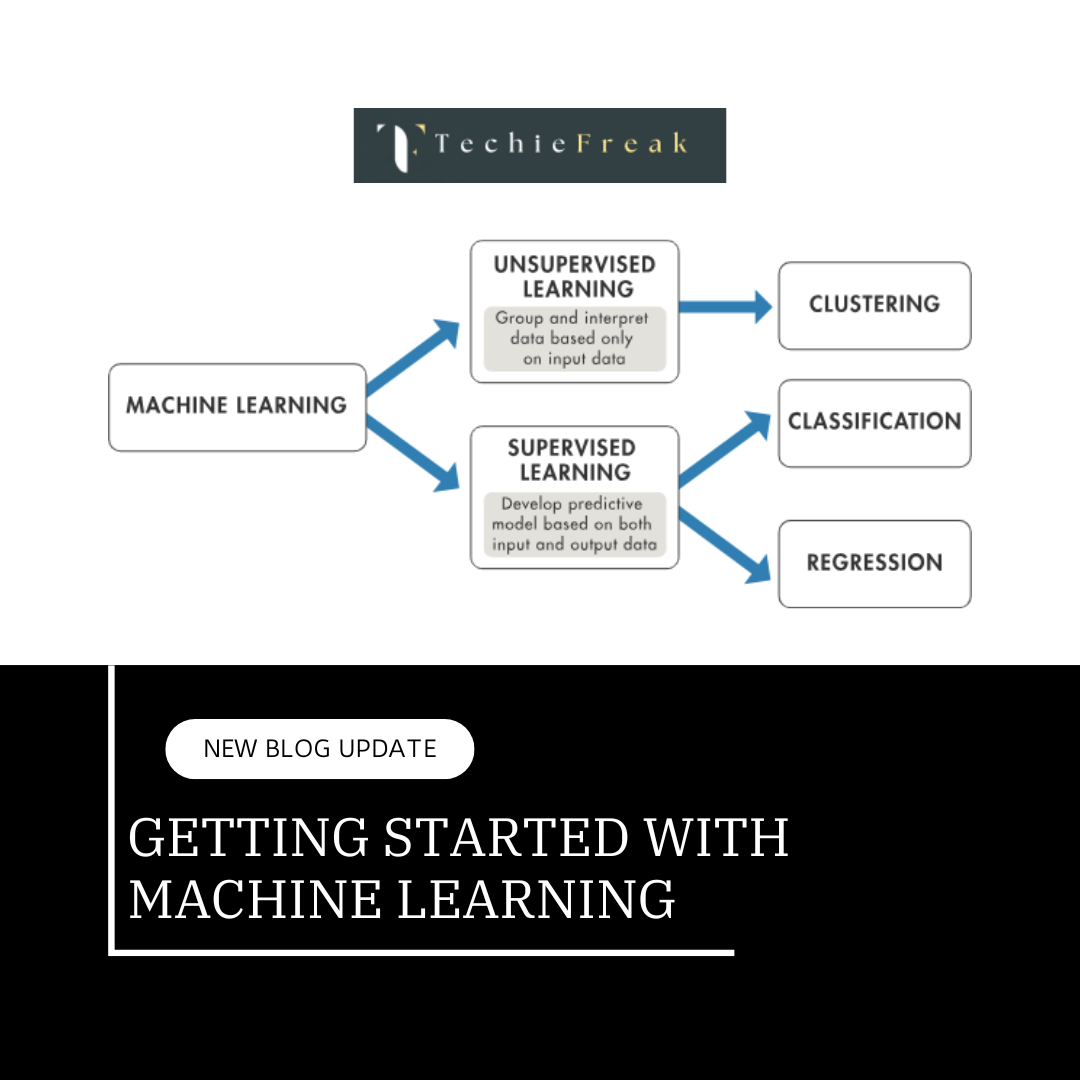
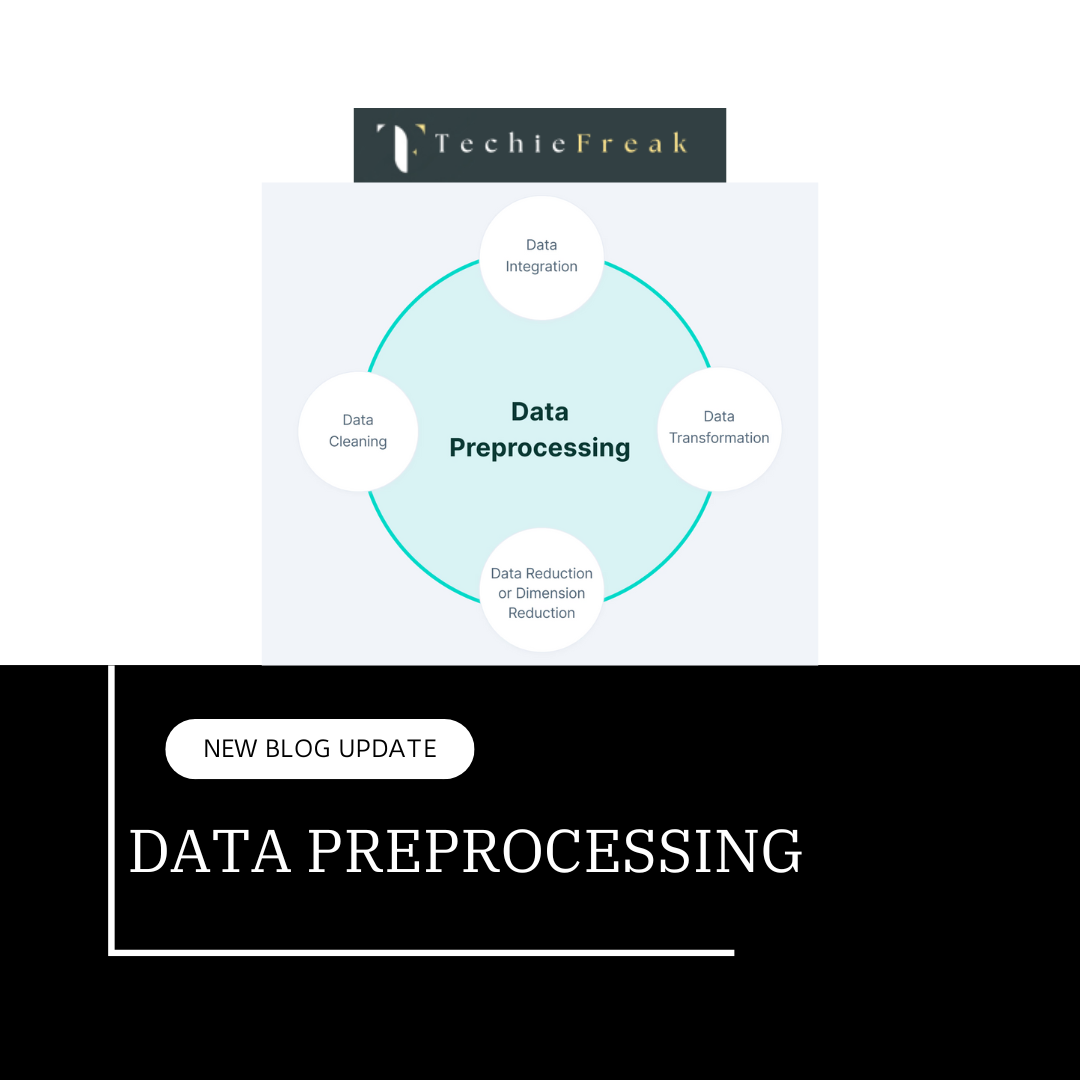
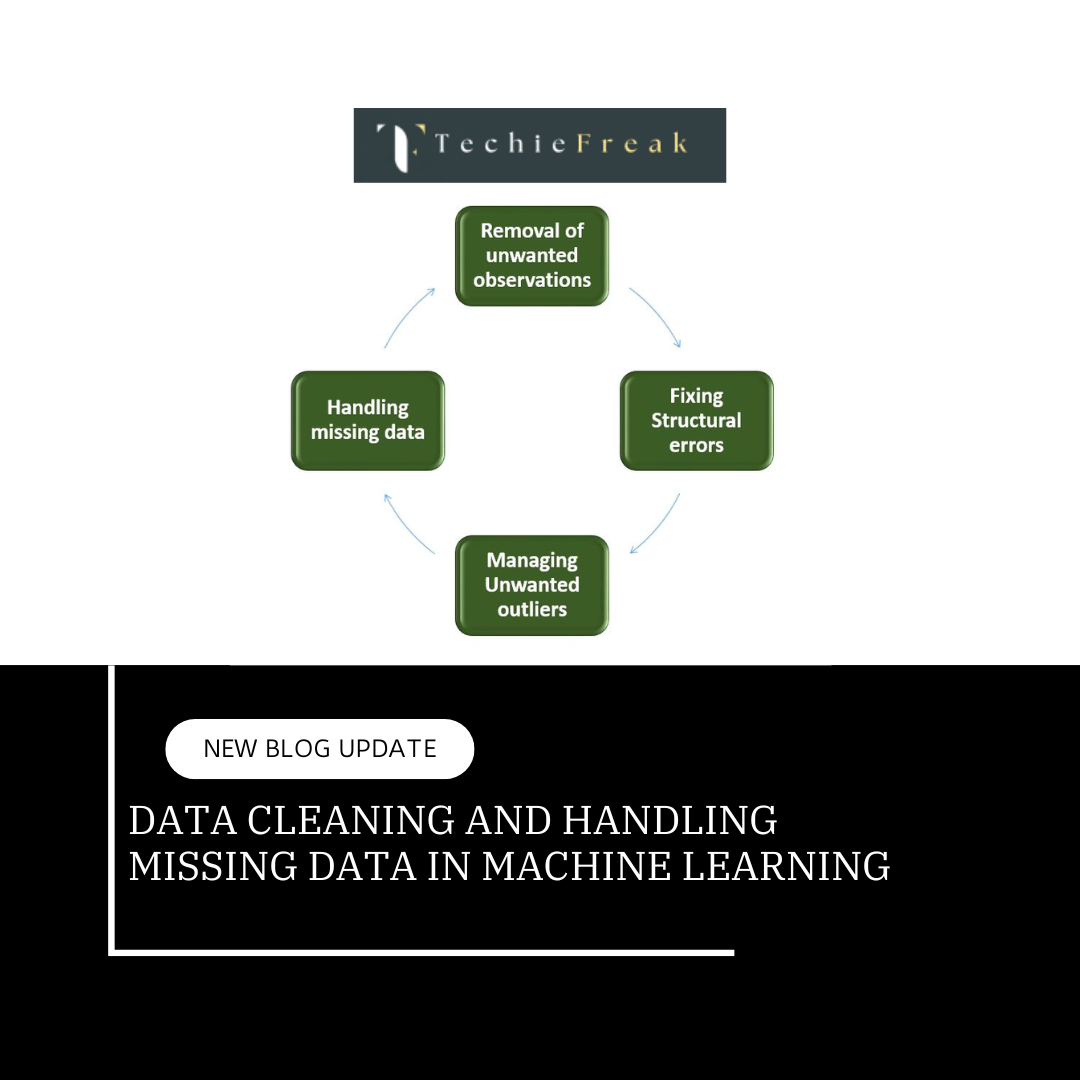
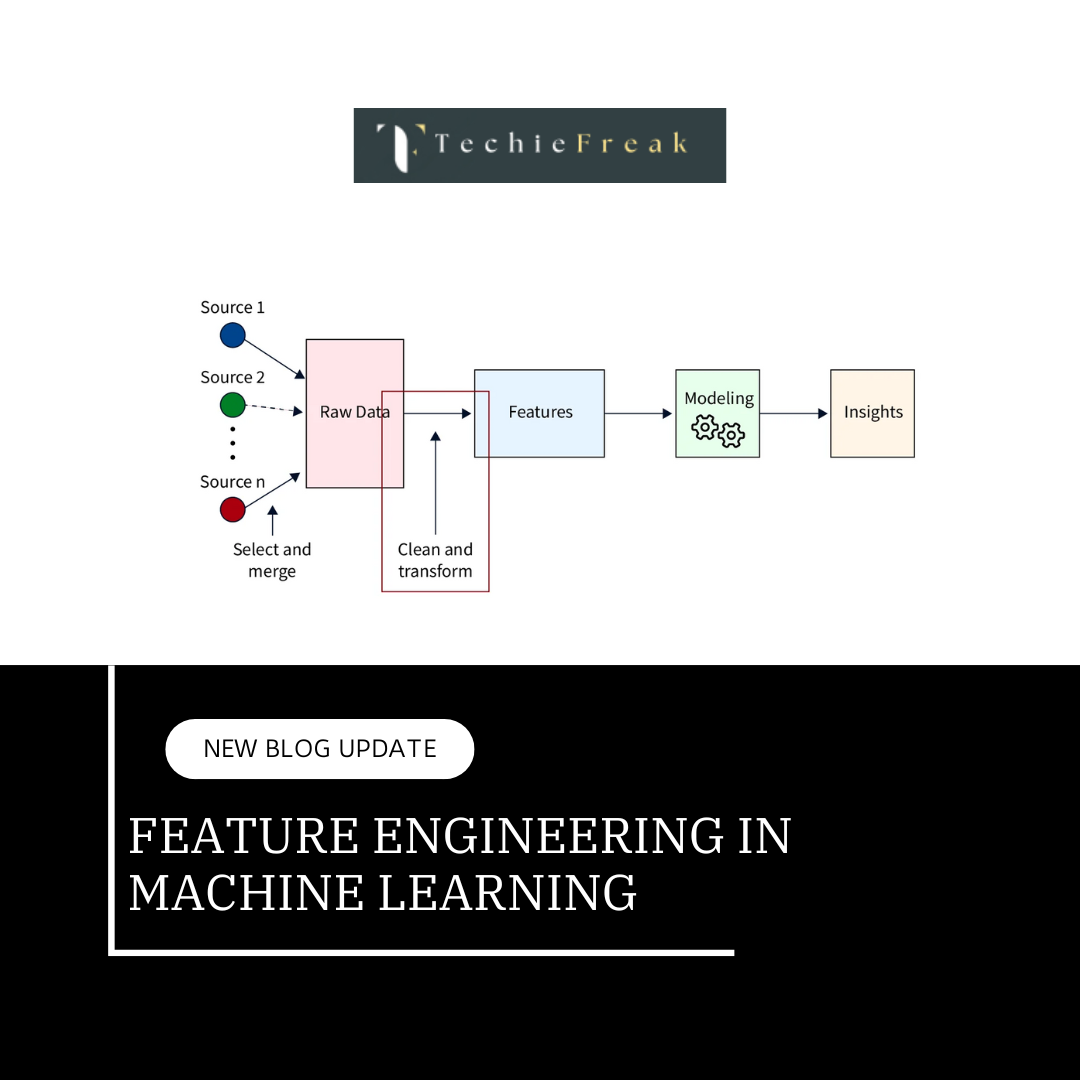
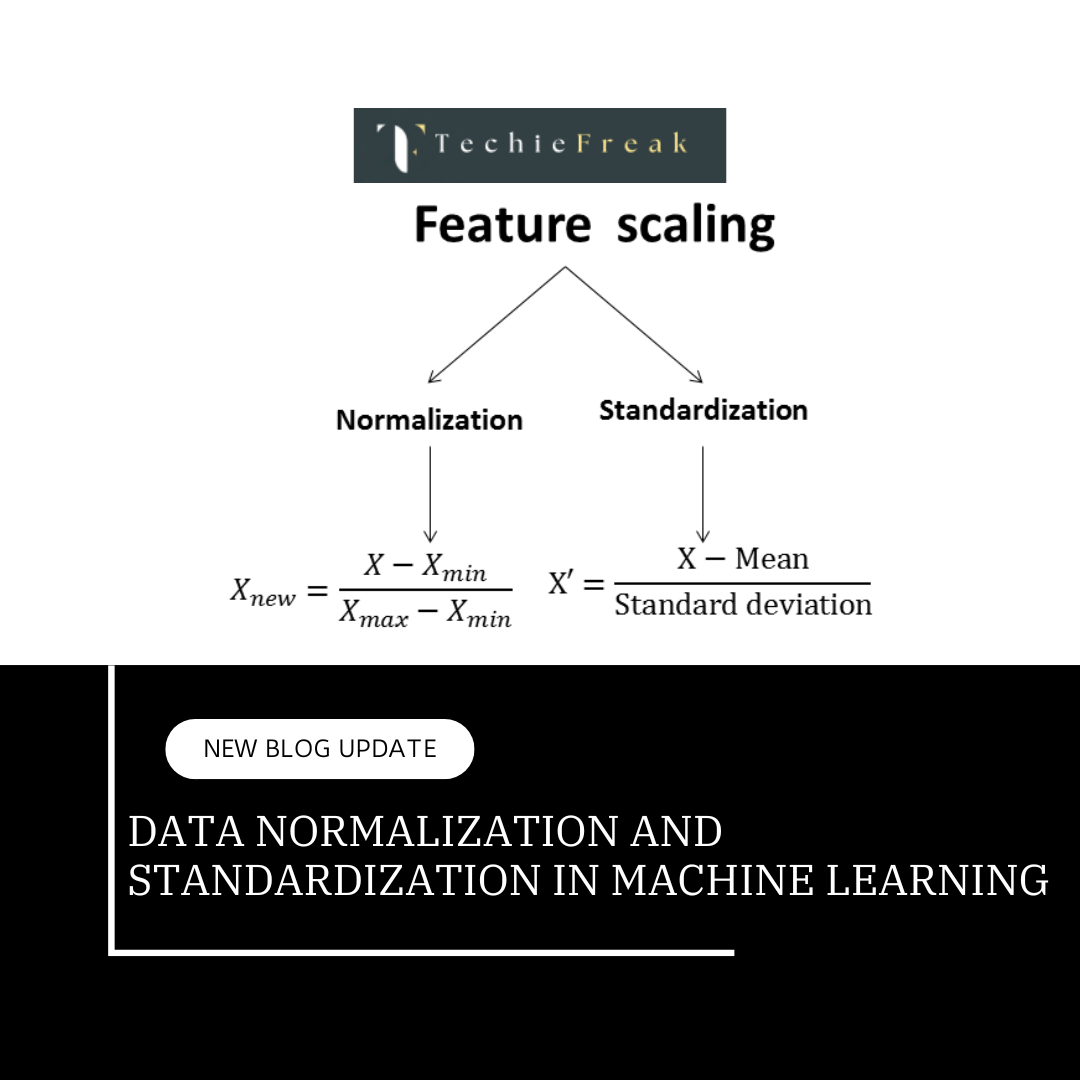
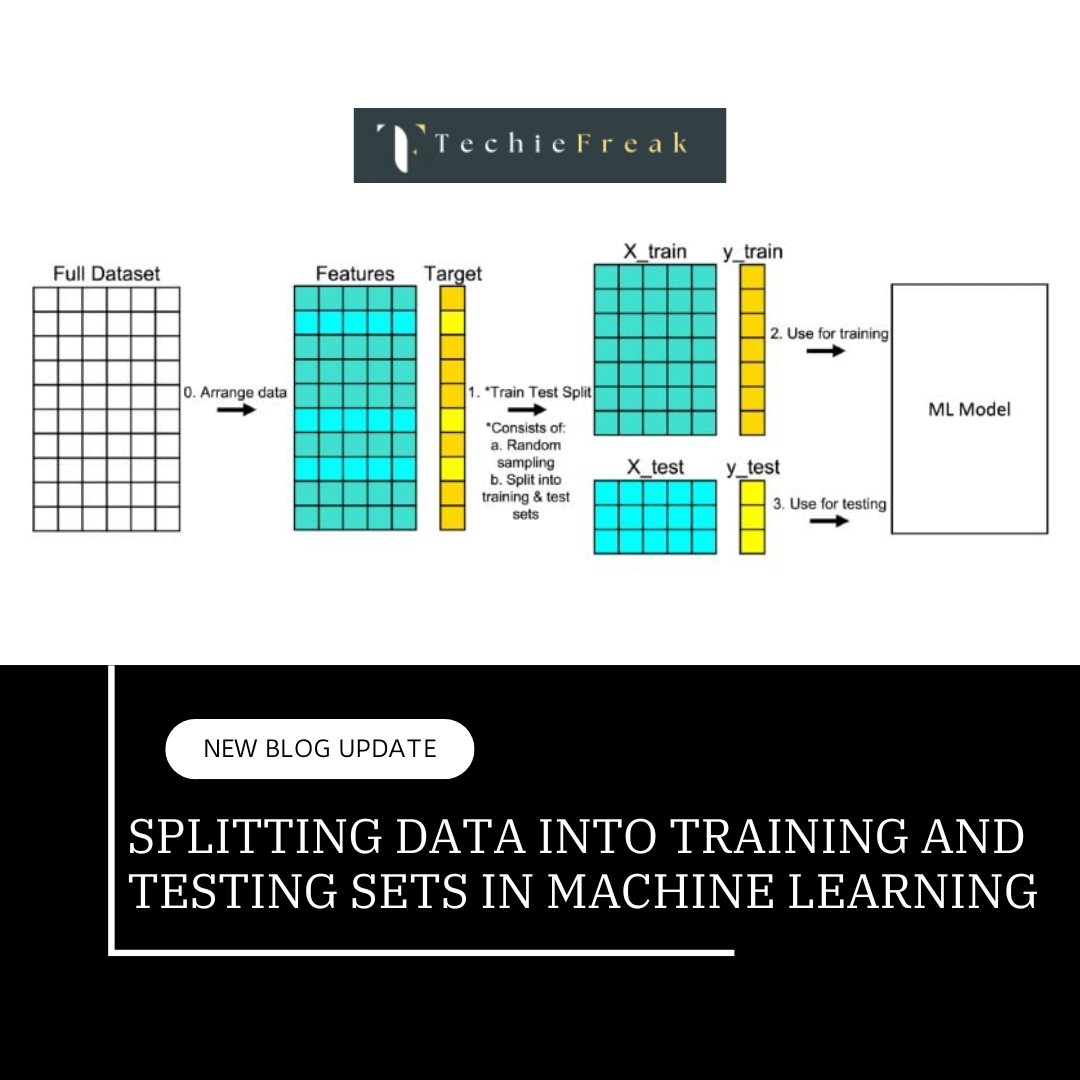
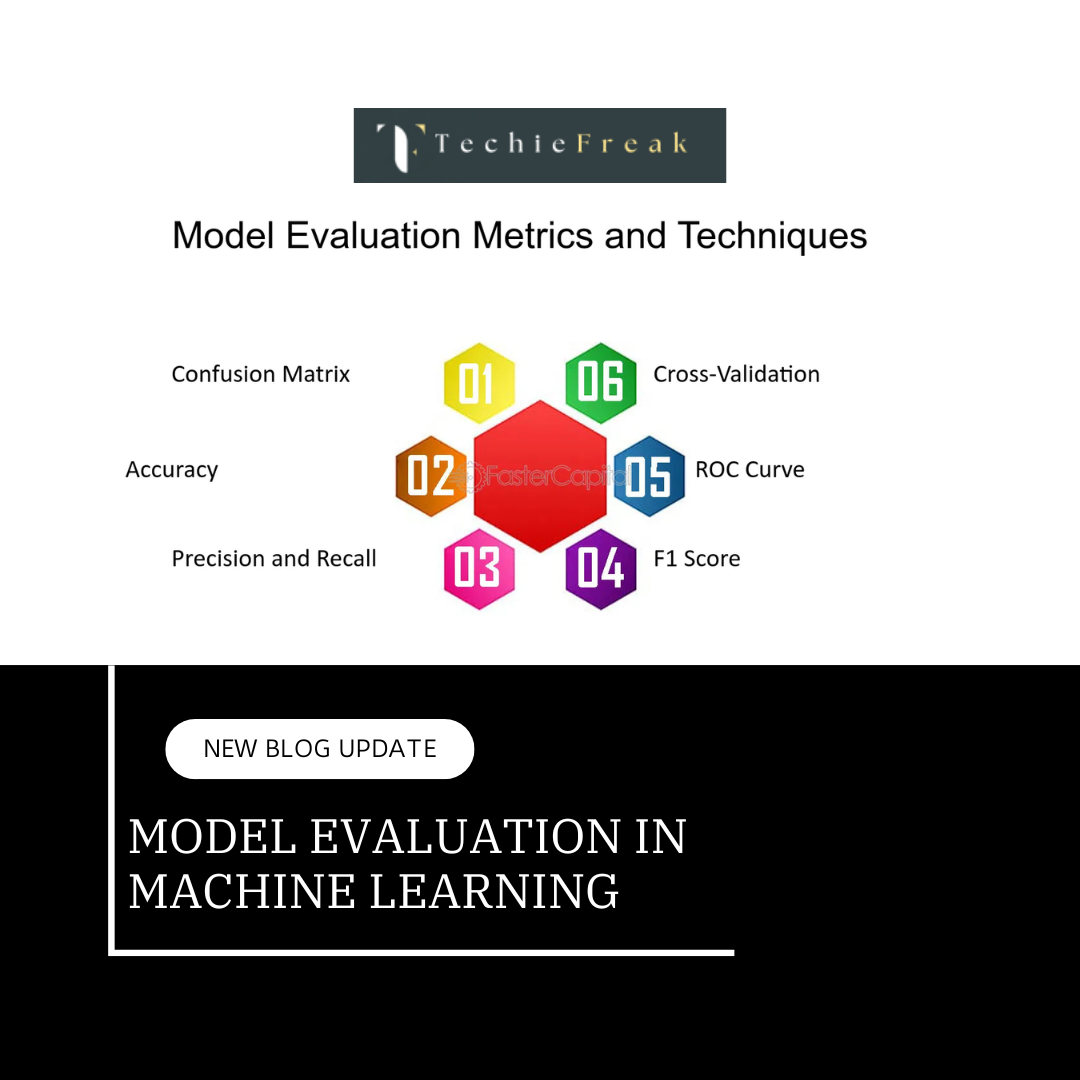
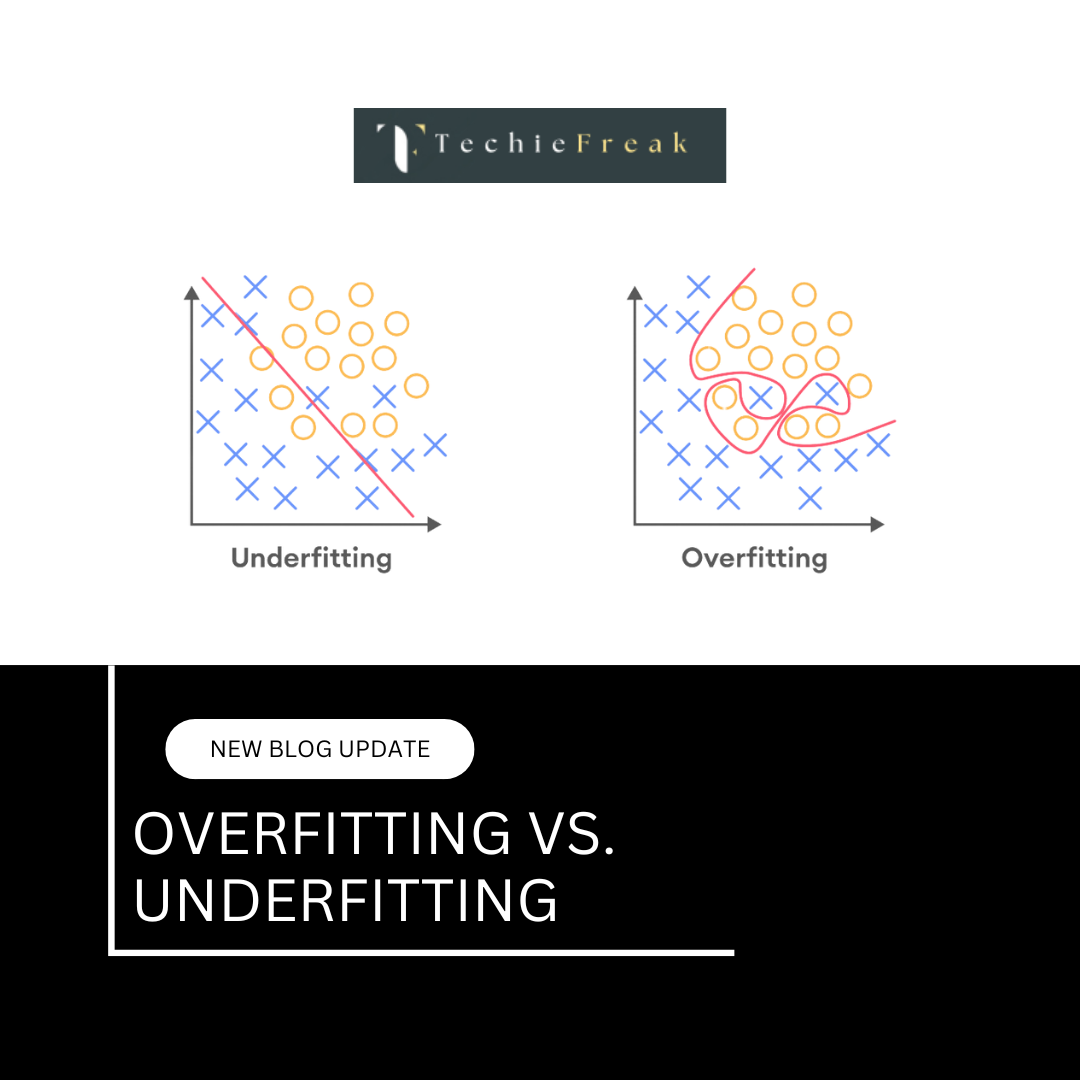
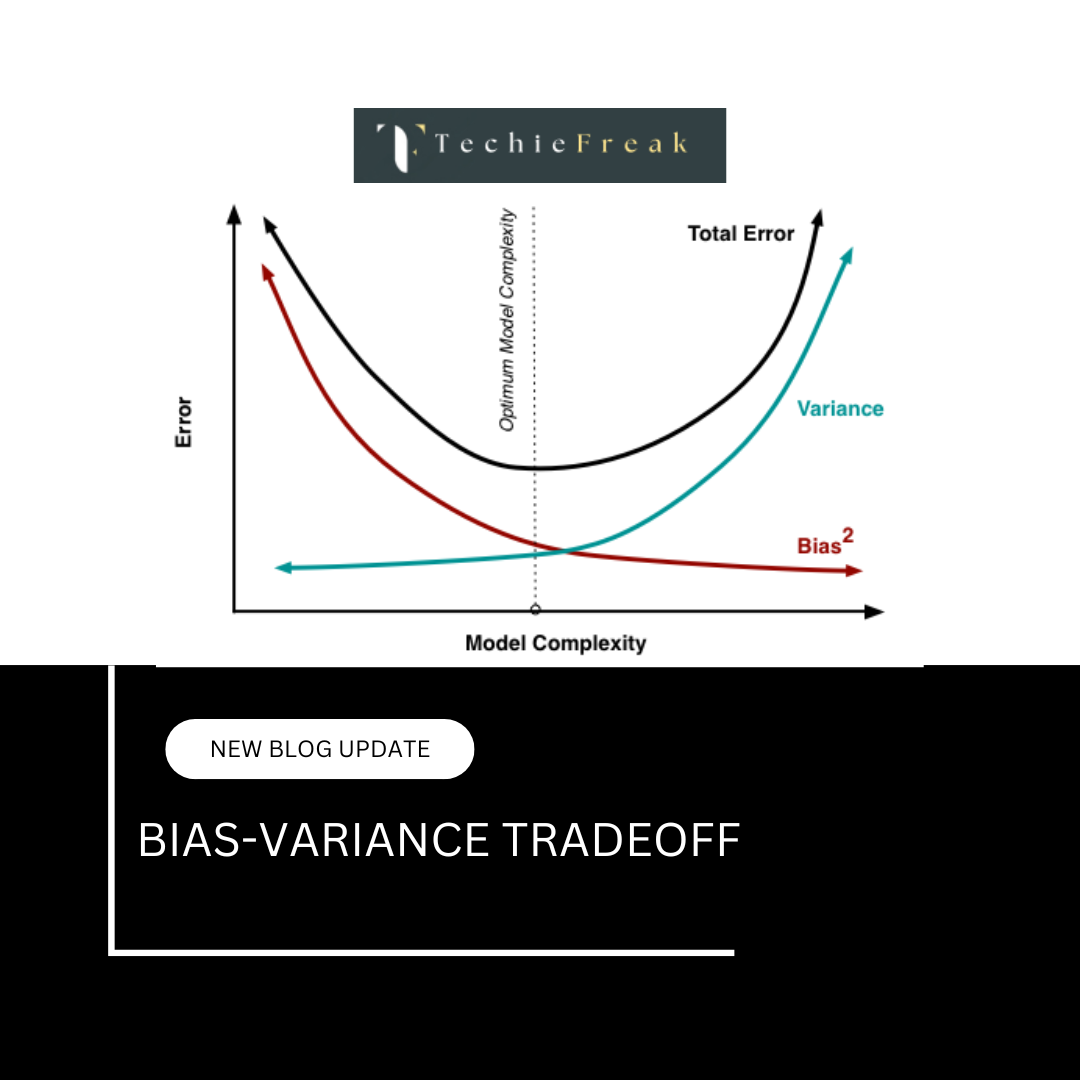
.png)
.png)
.png)
.png)
.png)
.png)
.png)
.png)
.png)
.png)
.png)
.png)
.png)
.png)
.png)
.png)
.png)
.png)
.png)
